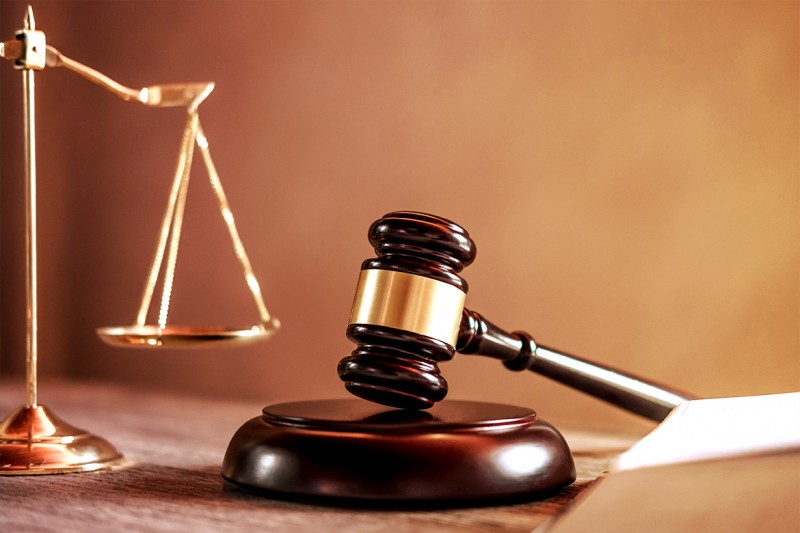
The judicial procedure has been an integral part of society for centuries, ensuring justice is served and disputes are resolved fairly. However, as society evolves and technology advances, there has been a growing debate on the need to adapt and change traditional judicial procedures to meet the demands of the modern world. This article explores the dispute surrounding the issue of change in judicial procedure and the potential impact it may have on the justice system.
Understanding Judicial Procedure
Judicial procedure refers to the set of rules and practices that govern the process of resolving legal disputes in courts. It encompasses various stages, such as filing a case, gathering evidence, presenting arguments, and rendering judgments. The traditional procedure has long been characterized by physical courtrooms, paper-based documentation, and in-person hearings.
Historical Perspectives on Judicial Procedure
Throughout history, the judicial procedure has undergone gradual changes to adapt to the needs of the time. However, some argue that the pace of change has been slow, leading to inefficiencies and delays in the justice system. Critics also highlight the limited access to justice for marginalized communities and those living in remote areas.
The Need for Change
Inefficiency and Delay
One of the primary reasons behind the dispute on changing the judicial procedure is the issue of inefficiency and delay. Overburdened courts, lengthy proceedings, and the backlog of cases have become persistent challenges, hindering timely justice delivery.
Access to Justice
Another critical aspect of the debate is ensuring equal access to justice for all. The traditional system might pose barriers for those with limited resources or geographical constraints. Embracing technological advancements could bridge this gap and make justice more accessible.
Technological Advancements
Advancements in technology have the potential to revolutionize the justice system. The integration of digital tools and electronic communication could streamline processes and improve the overall efficiency of the judiciary.
Proposed Changes and Their Impact
Digitization of Court Records
Transitioning from paper-based records to digitized systems could enhance data management, reduce paperwork, and facilitate quicker retrieval of case-related information.
Online Case Filing and Management
Allowing litigants and lawyers to file cases and manage legal proceedings online could expedite the process and reduce the need for physical appearances in court.
Virtual Courtrooms and E-proceedings
Implementing virtual courtrooms and conducting e-proceedings could enable remote participation, saving time and resources while increasing access to justice.
Public Perception and Challenges
Resistance to Change
Introducing changes to a well-established system can be met with resistance from various stakeholders, including judges, lawyers, and court staff.
Privacy and Security Concerns
Moving towards digital systems raises concerns about the privacy and security of sensitive legal information.
Ensuring Equal Access
Efforts to modernize the judicial procedure must be inclusive, ensuring that all segments of society can benefit from the changes.
Judicial Independence and Fairness
Balancing Efficiency and Due Process
While efficiency is essential, it should not come at the cost of compromising due process and the principles of a fair trial.
Role of Judges and Lawyers
The role of judges and lawyers in the new system may evolve, requiring them to adapt to technological advancements.
International Comparisons
Best Practices in Other Jurisdictions
Studying successful implementations of modern judicial procedures in other countries can offer valuable insights.
Lessons to Learn
Identifying challenges and success stories from different jurisdictions can aid in designing a suitable model for change.
Overcoming Barriers to Implementation
Collaboration and Stakeholder Involvement
Engaging all stakeholders, including the judiciary, legal professionals, and the public, is crucial for successful implementation.
Training and Education
Providing adequate training and education on the new procedures will facilitate a smooth transition.
Adequate Resources
Sufficient funding and resources are necessary to support the implementation of modernization efforts effectively.
Evaluating the Impact
Measuring Efficiency and Fairness
Objective metrics should be employed to assess the impact of changes on both efficiency and fairness in the justice system.
Gathering Public Feedback
Seeking feedback from the public and legal community can help identify areas for improvement and address concerns. The dispute on the issue of change in judicial procedure stems from the need to address inefficiencies, improve access to justice, and embrace technological progress. While modernization can offer significant benefits, it must be implemented carefully, considering the unique challenges faced by each jurisdiction. A balanced approach that upholds judicial independence, fairness, and inclusivity should guide the process of change.
Govt Action Looms for Twitter after Viral Video of Manipur Women Paraded Naked
Manipur Unrest: CM Urges Thorough Probe into Viral Video's Authenticity
Sonia Gandhi Urges PM Modi for Manipur Discussion in Parliament